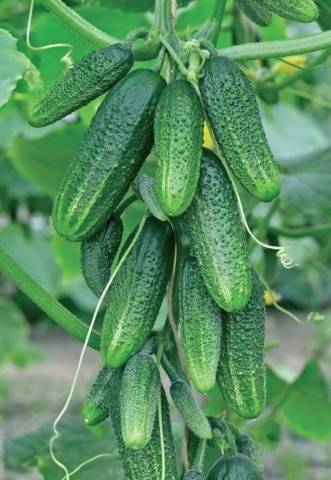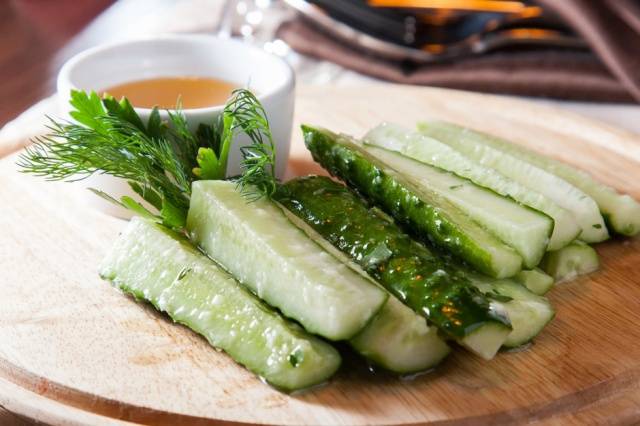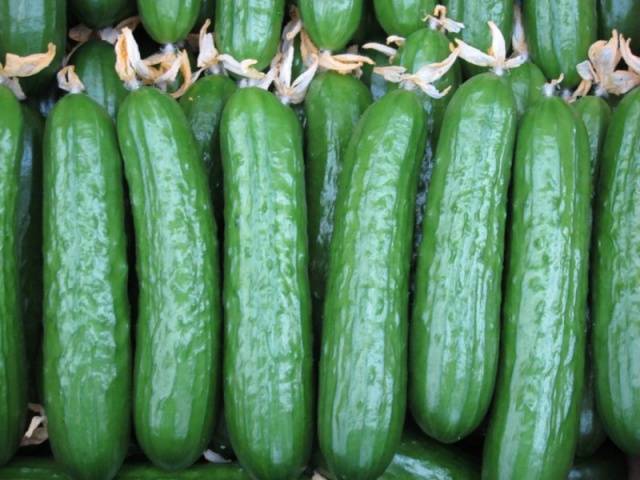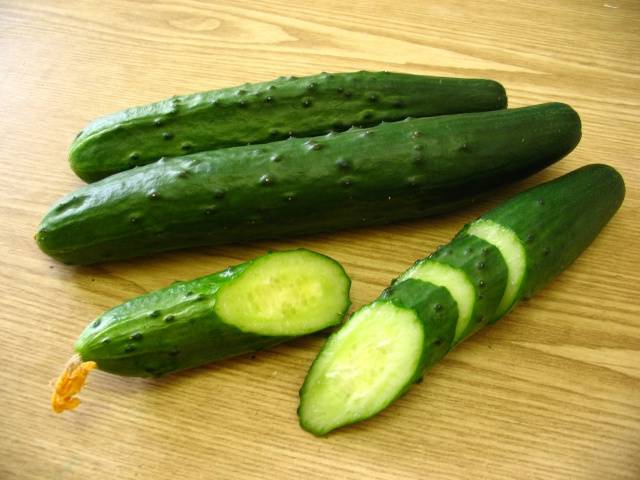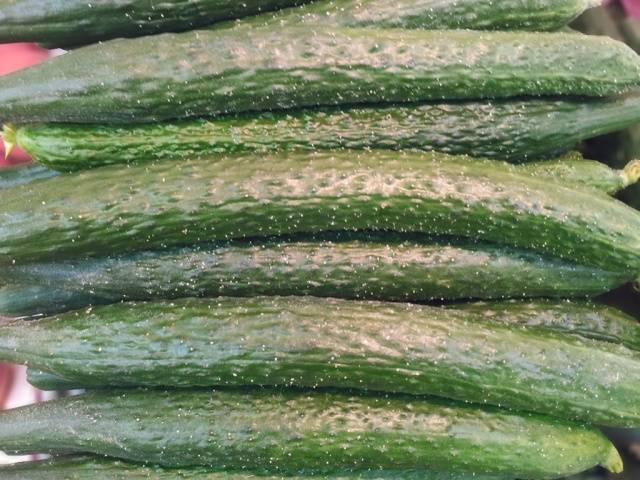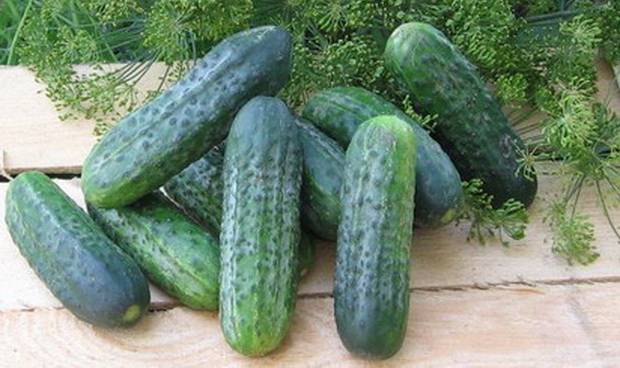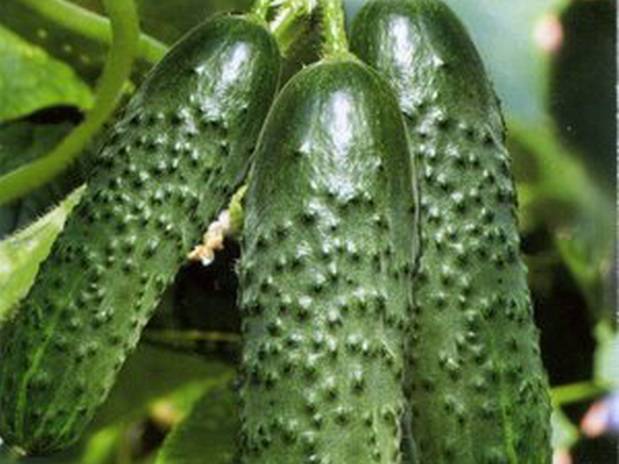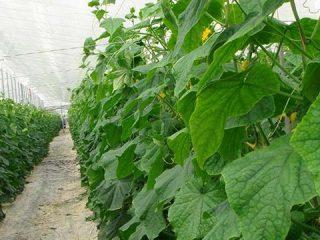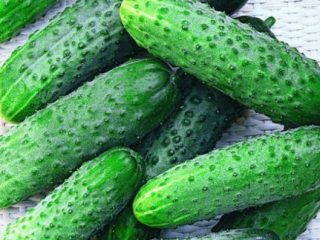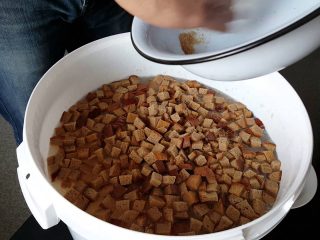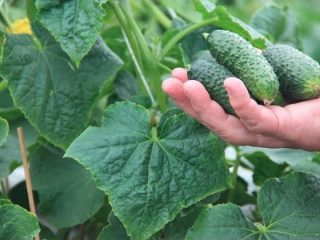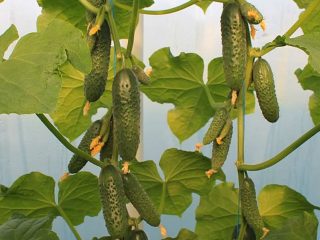Content
Cucumbers are loved not only for their taste, but also for their ease of growing. These crops do not require complex care, special soil or any special conditions - they grow in ordinary beds or in greenhouses. Each gardener, if desired, can collect seeds from his own grown cucumbers and, thus, not spend money on seed material. But this method is not suitable for those who love unusual, exotic varieties and expect abundant harvests.
To get the best cucumbers, you need to buy hybrid seeds.
Origin of hybrid cucumbers
Hybrids are the descendants of several crossed varieties. For selection of high-quality hybrid cucumber It takes years of scientific work and annual cultivation of crossed crops. Only in the 5-10th generation do breeders get the best results - those hybrids whose seeds will be sold.
Such painstaking work determines the high cost of hybrid seeds. As a rule, their price is several times higher than the cost of varietal cucumbers.
Many countries today are engaged in breeding; on the domestic market you can find seeds of German, Chinese, Japanese and, of course, Dutch origin.
“Dutch” appeared in Russia earlier than other hybrids, and to this day remains the most popular among farmers and gardeners.
This demand is quite justified, Dutch cucumbers have a number of exceptional qualities and characteristics.
Why the Dutch are the best
Dutch hybrids received the title of “best” for a number of reasons, the most important of which:
- Good adaptability to local climatic conditions. Unlike “Asians,” seeds from Europe are more adapted to the temperature regime of Russian regions. Cucumber seeds are hardened and can withstand temperature surges and changes.
- Plants are resistant to most diseases characteristic of cucumbers. The seeds are processed and are completely ready for planting in the ground.
- Most often, the ovaries of Dutch cucumbers appear in clusters - 5-10 fruits grow from one node.
- The high yield of hybrids is ensured by their resistance to external factors.
- The taste qualities of the “Dutch” varieties are in no way inferior to Russian varieties. Hybrid cucumbers can be used for salads and for preservation.
- No bitterness. A bitter taste appears in cucumber due to a violation of the water-temperature regime. And Dutch hybrids are completely devoid of the enzyme that is responsible for bitterness, so these cucumbers are never bitter.
- Fast maturation. Both early and late varieties of Dutch selection are characterized by rapid fruit ripening. On average, the period from the appearance of the first leaves to the ripening of cucumbers is about a month.
The material from the purchased bag is completely ready for planting; the seeds do not require additional processing or hardening.
All of the listed characteristics indicate the high quality of Dutch seeds.
Classification of hybrids
Growing conditions for cucumbers vary in the degree of openness of the soil. For greenhouse crops, an important factor is pollination method, it is better to grow cucumbers that do not require pollination in greenhouses. These are parthenocarpic and self-pollinating species. It is precisely these types of hybrids that predominate among Dutch seeds, so they can be grown both in greenhouses and in an open garden plot or field.
The next classification you need to pay attention to when purchasing seeds is ripening time. There are:
- early varieties;
- mid-season;
- with late ripening.
The last division of varieties is carried out depending on purpose of cucumbers, there are:
- Salad cucumbers that should be eaten fresh.
- Pickling or preservation varieties tolerate contact with brine and heat treatment well.
- Versatile varieties can be eaten raw or canned.
Features of Dutch salad cucumbers
The best cucumbers for salads are Dutch ones. It is easy to distinguish such varieties by their ripe fruit - cucumbers grow long and have an elongated shape.The peel of the salad cucumber is thin and tender.
Its surface often has sparse tubercles and white spines. The pulp of cucumbers is juicy, with a characteristic taste and smell. Small seeds can often be seen inside the fruit. Many hybrids of salad cucumbers perform well in marinade, although they cannot be preserved for the winter.
"Agate F1"
One of the best hybrids intended for fresh consumption is “Agate F1”. The plant is hardened against many diseases, has an average ripening period, and is adapted to the climate of central Russia.
The fruits of the hybrid have good commercial characteristics, cucumbers grow beautifully and have good shelf life. The length of the greens reaches 45 cm, and the weight is 250 grams. The skin is tender, smooth, without thorns and bitterness. The cucumbers taste juicy and aromatic.
It is necessary to plant seeds in April-May; this can be done both in open and closed ground, because the hybrid is parthenocarpic and does not require pollination.
The bushes of the plant are vigorous, reaching a height of 2.5 meters, the ovary is bunched. This ensures high yield of the hybrid - up to 11.5 kg of cucumbers can be obtained from four bushes.
"Alligator F1"
Another hybrid for preparing salads is “Alligator F1”. This is a bee-pollinated species, which is best planted in open ground or provided with artificial pollination in a greenhouse.
The hybrid is an early ripening one, the first greens appear on the 46-48th day after planting. The seeds are protected from many diseases, the plant is stress-resistant - it tolerates temperature changes well.
The fruits are cylindrical in shape, elongated, their length reaches 35-40 cm. The peel is tender, with large tubercles.
The hybrid bushes are tall and spreading.From one square meter of land you can harvest up to 16 kg of cucumbers.
What is the difference between pickling cucumbers
Salad cucumbers are not suitable for canning because their peel is too porous, it quickly becomes saturated with brine and becomes soft - the cucumbers do not crisp.
The best varieties of pickling cucumbers have the ability to gradually pass brine through the pores.
Dutch pickling cucumbers differ from Russian ones in appearance. Their skin is covered with a large number of black spines and tubercles; gardeners call this skin a “Dutch shirt”. Through these thorny needles, the brine slowly penetrates into the cucumber pulp, leaving the vegetable crisp and dense.
"Authority F1"
The hybrid “Authority F1” is a representative of bee-pollinated species. An early ripening crop begins to bear fruit already on the 43-48th day after planting. The plant is protected from many diseases, including root rot.
Cucumbers grow in clusters, the fruits are small in size - 9-11 cm each. The skin is with tubercles, the shape of the cucumbers is cylindrical. The pulp of the fruit is juicy, without bitterness - cucumbers are tasty both fresh and canned.
The bushes are medium-sized with small leaves; from one meter of soil a gardener can harvest up to 5.5 kg of excellent vegetables, quite suitable for sale.
"Angelina F1"
The hybrid "Angelina F1" loves warmth, it is best to grow it in southern regions with early, warm summers, or in greenhouses. The plant is parthenocarpic and has many female flowers.
The fruits grow of medium size - 10-12 cm, their weight reaches 110 grams.Zelentsy have absolutely no bitterness and can be consumed either fresh or pickled or canned.
The “Angelina F1” variety is one of the best-selling cucumbers; cucumbers tolerate transportation well and retain their presentation for a long time.
The bushes are low (up to 80 cm) and require feeding and timely watering. Three fruits ripen in one node. The plant is disease resistant, but does not like cold. The yield of the hybrid is high - 2800 kg per hectare of land.
How to identify the best Dutch varieties
Every experienced gardener has his own favorite varieties, which he has grown for many years. One of these that enjoys constant popularity are the Dutch hybrids “Masha F1” and “Herman F1”. These cucumbers are universal:
- suitable for planting in the ground and in a greenhouse;
- they are parthenocarpic, that is, they do not require pollination;
- are resistant to diseases;
- produce medium-sized fruits with excellent taste, suitable for salads and pickling;
- undemanding to soil, watering and temperature;
- are characterized by high productivity.
These are the qualities that the best Dutch cucumber seeds should have.
And even if gardeners are not embarrassed by the high cost of Dutch seeds, it more than pays off with high yields.
